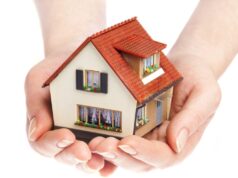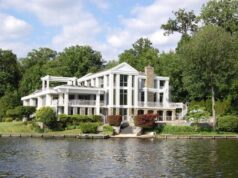Australians pay one of the most expensive residential electricity bills in the world. Are you living in Australia and are you looking to save money on your electricity bill? By using natural gas to power your home, you might be able to do just that.
You can use gas for a variety of purposes such as heating and cooling air, providing gas for stoves, ovens, fireplaces, laundry dryers, barbeque grills, etc. Natural gas is cheaper than electricity, and it’s the cheapest energy source for that matter. In this article, we are going to discuss the three most common gas-fitting mistakes all DIYers make as most people are fitting their houses with gas pipes by themselves.

Using the wrong type of Teflon tape
To ensure a proper seal between two pipe fittings you should use Teflon tape. The most common mistake that all DIYers make is using the wrong type of Teflon tape. While white Teflon tape is used for pluming, yellow Teflon tape is used for all gas fittings. If you are not sure what type of Teflon tape you are using take your time and check the product’s label. It should be classified as Gas- rated. Note that white plumbing Teflon tape will degrade over time, leading to gas leaks and possible accidents.
Threading the Teflon tape the wrong way
Teflon tape is wrapped on the male side of the pipe that is threaded. You should always wrap the Teflon tape in the direction of the threads, meaning to the right, 3-6 turns depending on the thickness of the tape. If you wrap the Teflon tape in the wrong direction it will slip out of the threads when tightening the male to the female part thus compromising sealing. In such an event unscrew the pipes and apply the Teflon tape once again, but this time in the right direction. If all of this seems complicated to you, don’t hesitate and call a licensed gas fitter in Adelaide.

Loose gas fittings
Loose gas fitting leads to gas leakage. The general rule is to turn the fitting 2-3 turns after hand tightening the fitting. Give it an extra half turn to a turn if you feel the fitting is still loose. Always make sure all the fittings are properly tightened either by using a hand gas detector or using watered-down liquid soap by applying to the fitting. If bubbles occur the fitting is loose.
Gas fitting and service may look like a simple job but in reality, it requires a certain level of skill to pull off such a job. Gas leaks are dangerous and may lead to explosions. Improper installation and service of gas appliances may lead to carbon monoxide build-up that eventually leads to suffocation. Sometimes the risks involved in doing such a job on your own outweighs the financial implications. Don’t risk your health and the health of your family and hire a licensed professional.







